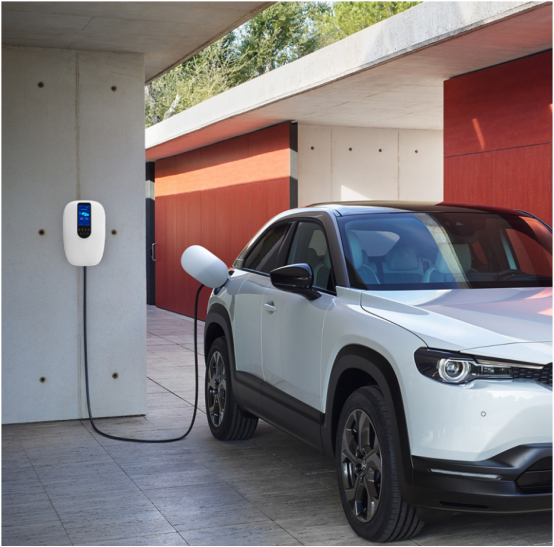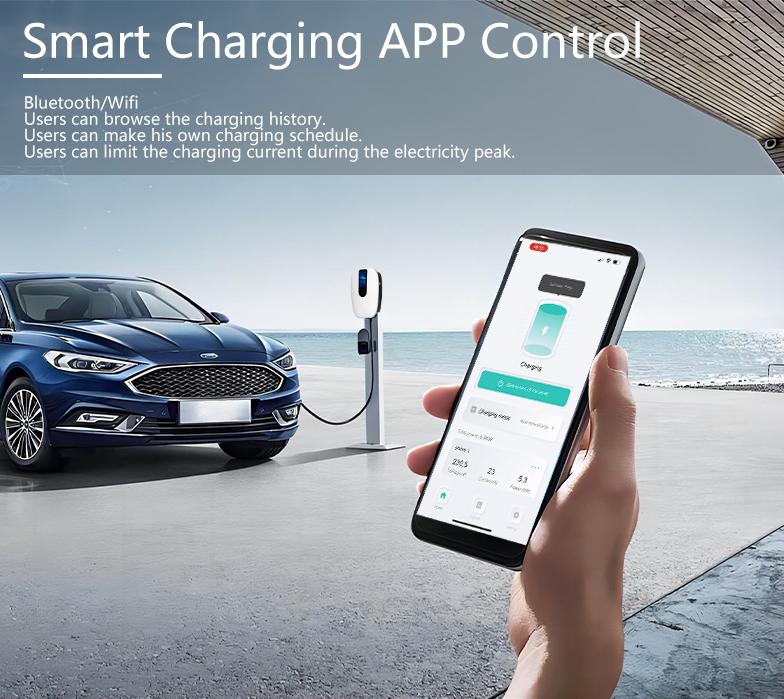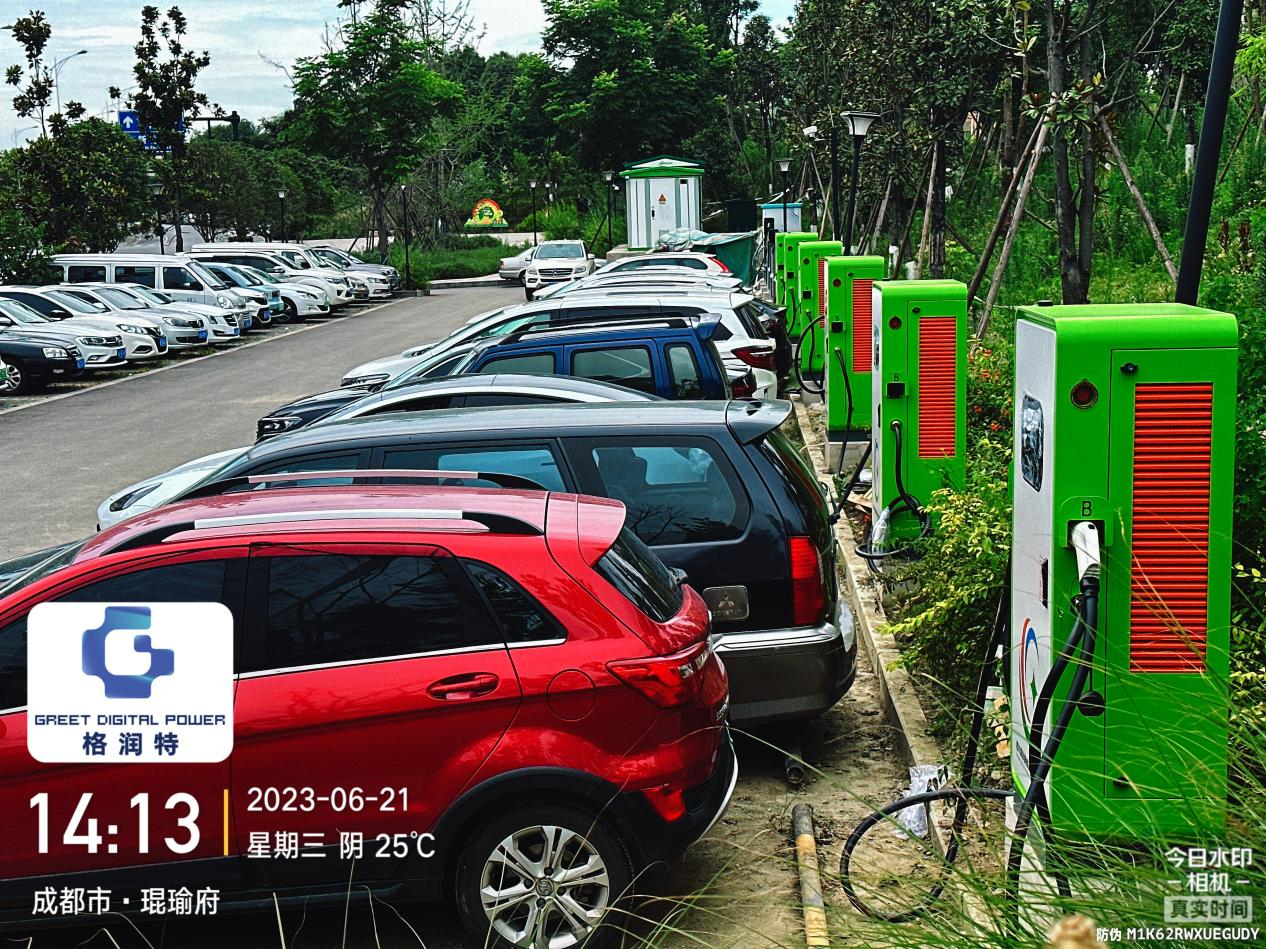Date: August 7, 2023
In the ever-evolving world of transportation, electric vehicles (EVs) have emerged as a promising solution to combat climate change and reduce greenhouse gas emissions. A key enabler of the electric mobility revolution is the widespread deployment of charging stations, commonly known as charging points or chargers. These charging infrastructure units are revolutionizing the way we power our vehicles and significantly contribute to building a more sustainable future.
Over the past few years, governments, businesses, and individuals have been taking strides to invest in and promote the adoption of electric vehicles. As a result, the demand for charging stations has skyrocketed. Fortunately, significant progress has been made, and the charging infrastructure landscape has transformed dramatically.
Charging stations now dot the urban landscape, making EV charging convenient and accessible. These charging points are commonly found in public parking lots, shopping centers, office complexes, and along highways. The presence of charging stations in residential areas has also surged, encouraging EV ownership and usage among homeowners.
One of the key advantages of charging stations is the flexibility they offer to EV users. There are different types of charging stations, categorized based on the power levels they provide:
1. Level 1 Chargers: These chargers use a standard household outlet (120 volts) and are typically the slowest, suited for overnight charging at home.
2. Level 2 Chargers: Operating at 240 volts, Level 2 chargers are faster and often installed at workplaces, public parking areas, and residential locations. They significantly reduce charging time compared to Level 1 chargers.
3. DC Fast Chargers: These high-power chargers supply direct current (DC) to the vehicle’s battery, enabling rapid charging. They are mainly found along highways and busy routes, allowing long-distance travel for EV owners.
The implementation of a robust charging infrastructure network not only supports current EV owners but also encourages potential buyers to overcome range anxiety concerns. The accessibility of charging stations makes owning an electric vehicle a viable option for a growing number of people worldwide.
To accelerate the deployment of charging stations, governments have been actively offering incentives and subsidies to businesses and individuals who install EV chargers. Additionally, collaborations between automakers and charging station providers have paved the way for integrated solutions that enhance user experience.
However, some challenges remain. The demand for charging stations has been outpacing their installation in certain regions, leading to occasional congestion and long wait times at popular charging points. Addressing this issue requires strategic planning and investment to ensure an efficient and well-distributed network.
As technology continues to evolve, charging stations are expected to become more advanced and sophisticated. Innovations such as wireless charging and ultra-fast charging technologies are on the horizon, promising even more convenience for EV users.
In conclusion, charging stations are playing a pivotal role in shaping the future of transportation. As the world embraces sustainable practices and shifts away from fossil fuels, the rapid expansion of charging infrastructure remains critical. Through collaborative efforts and forward-thinking policies, we can ensure that electric vehicles and charging stations become the new norm, reducing our carbon footprint and preserving the planet for generations to come.
Post time: Aug-08-2023







